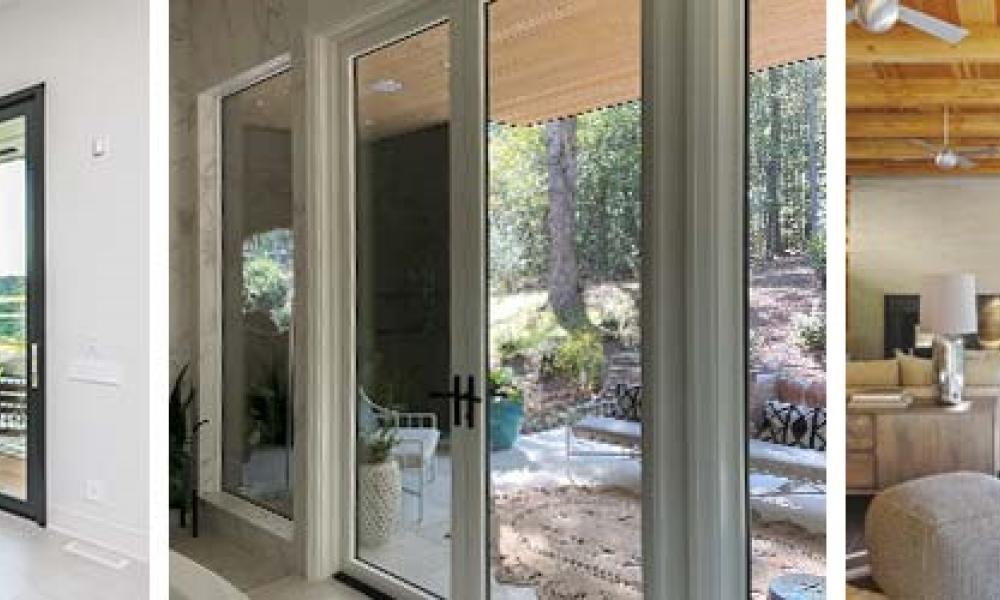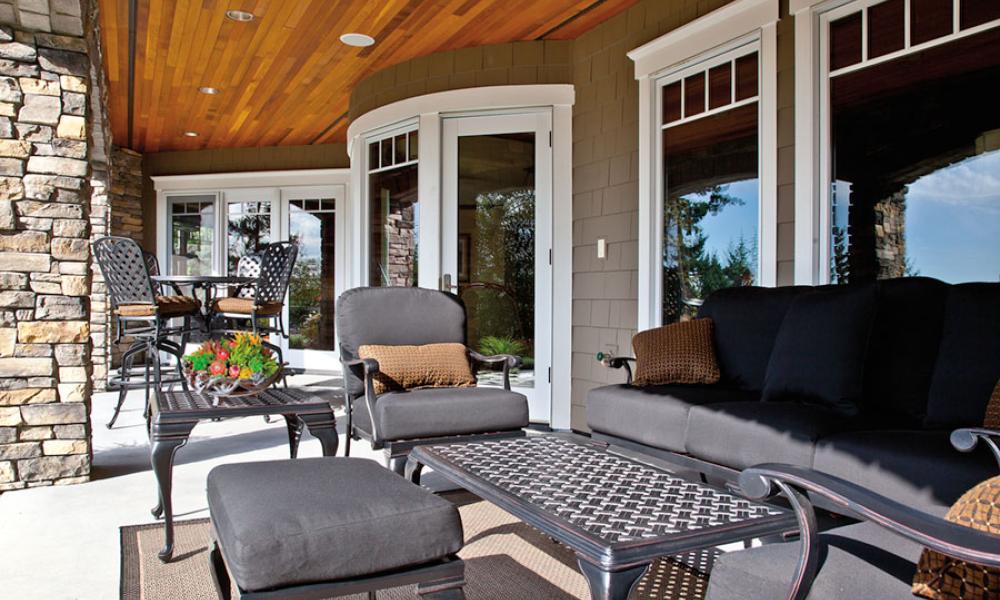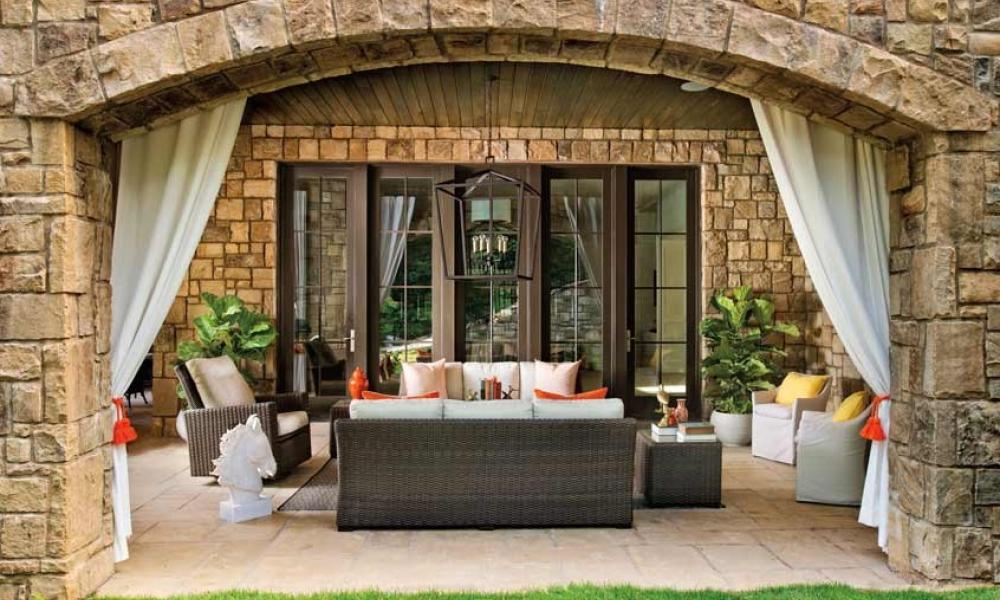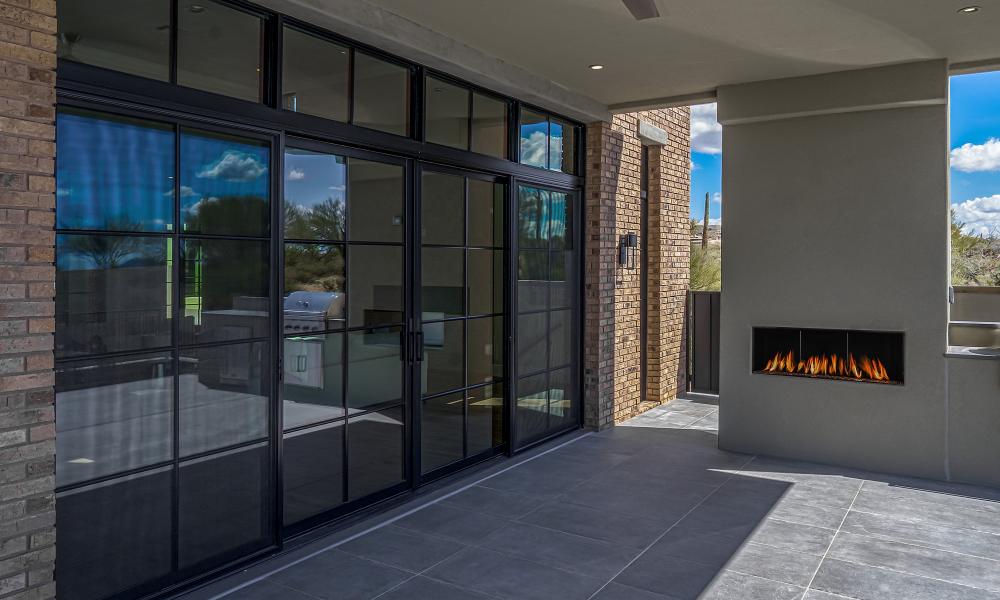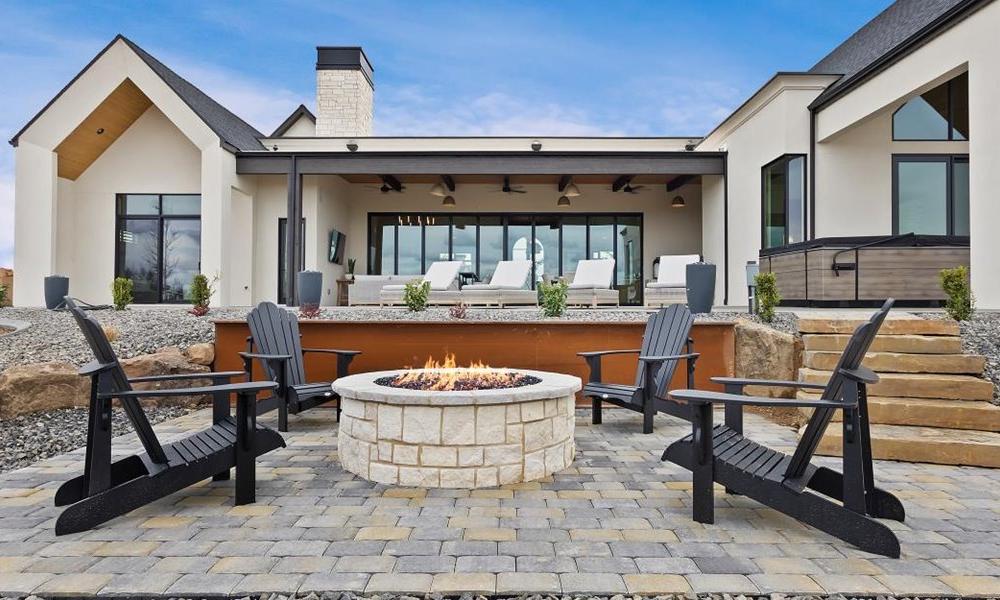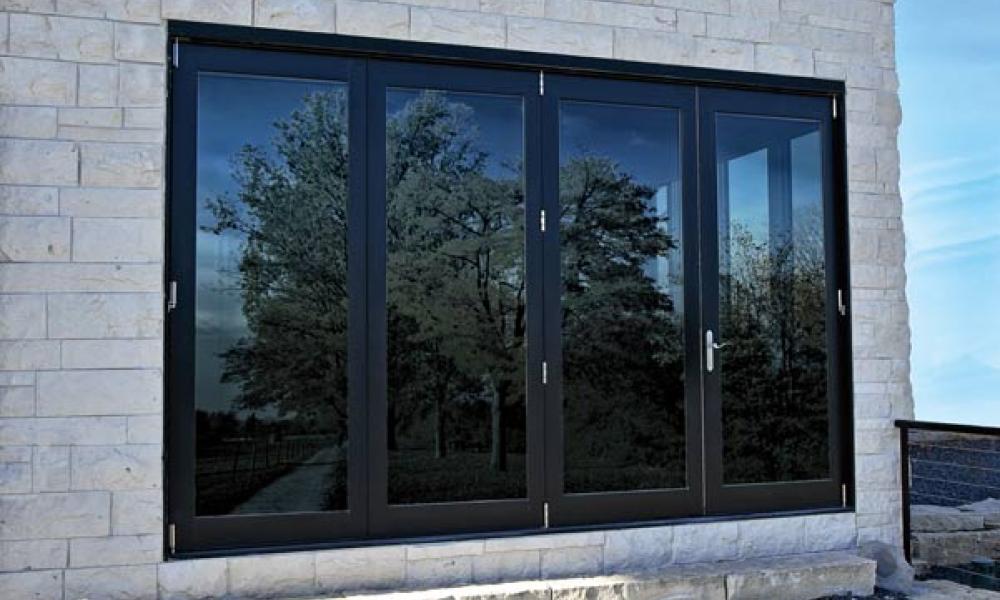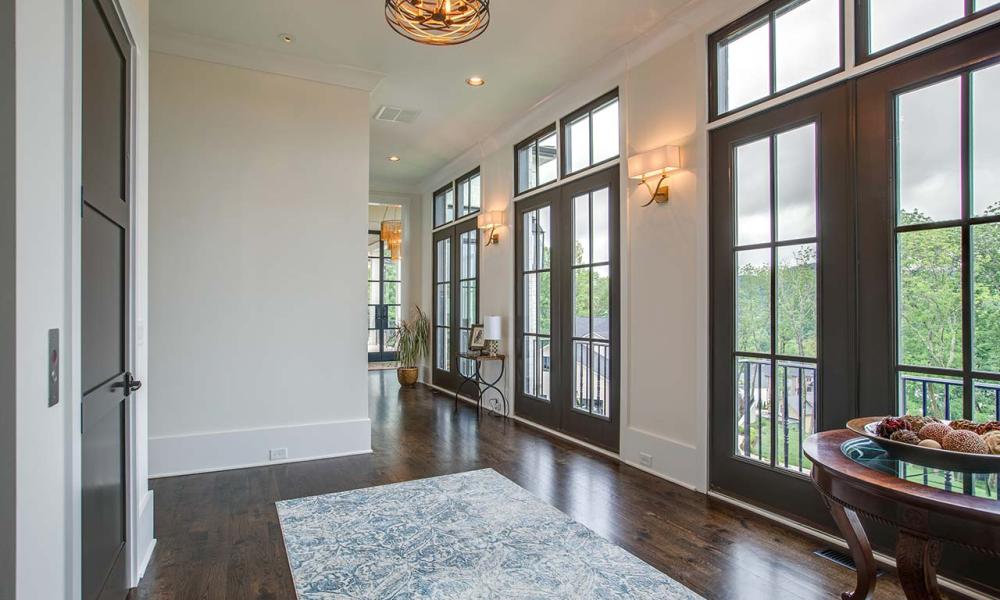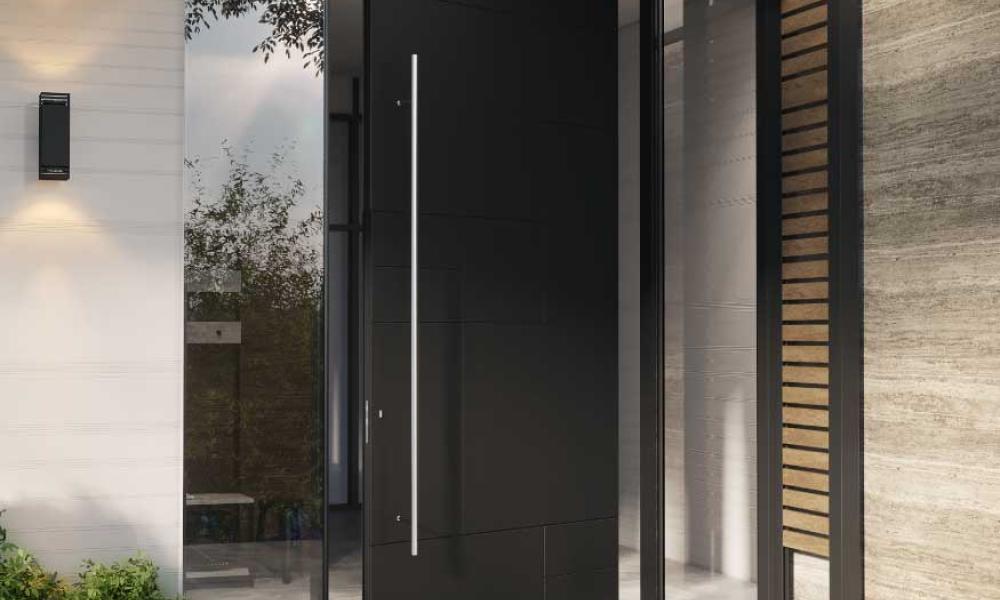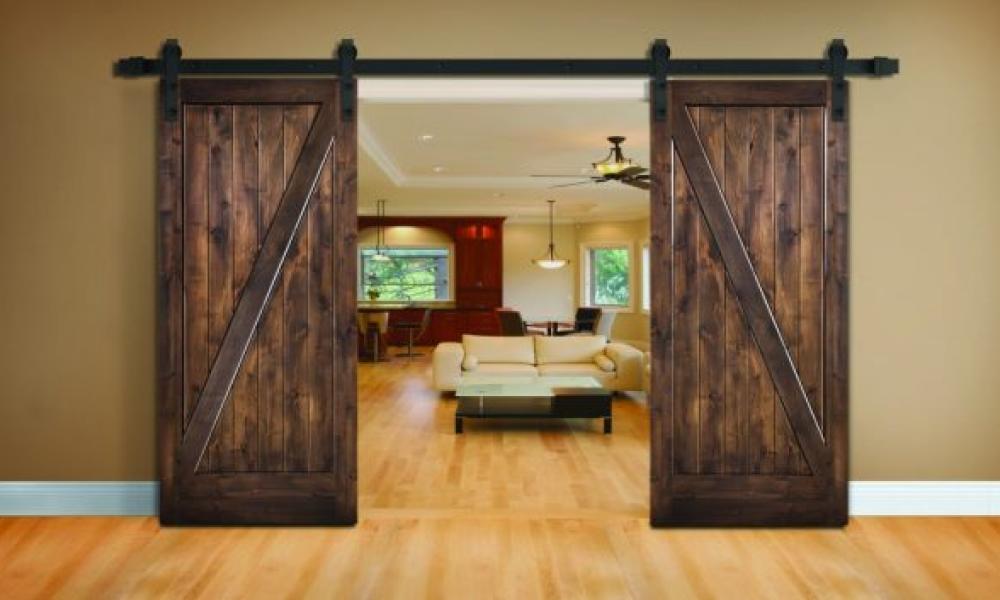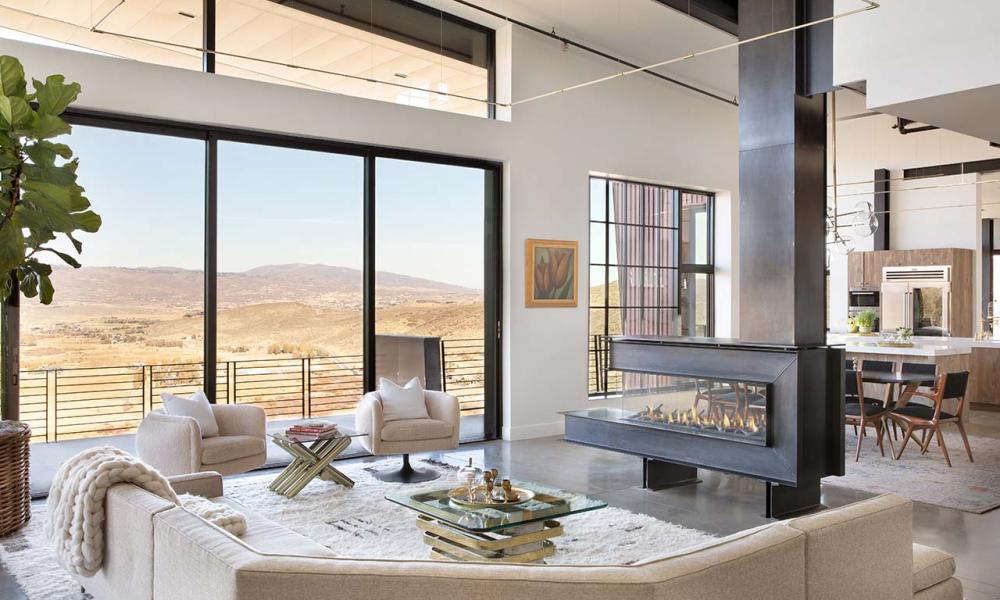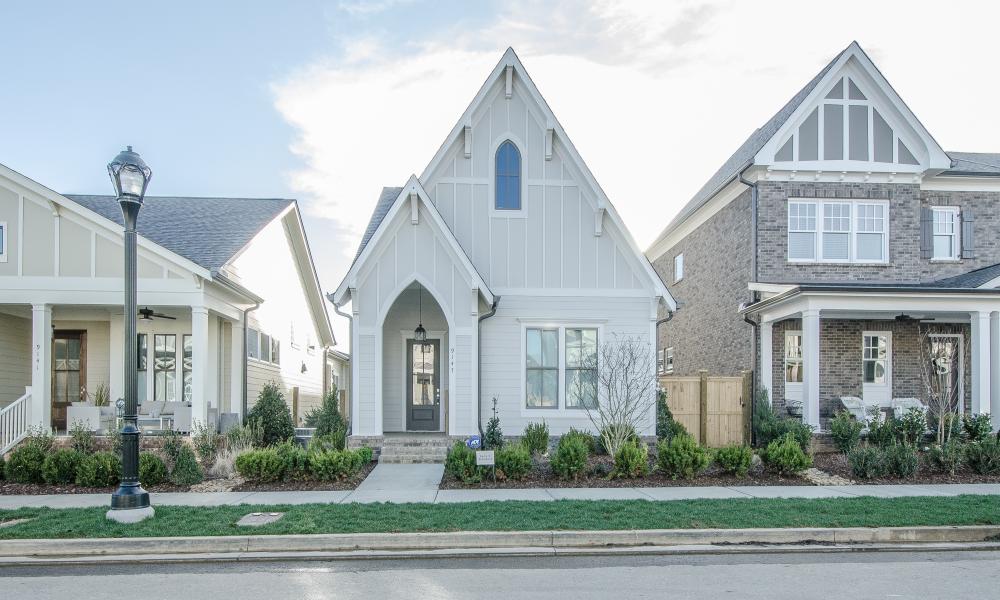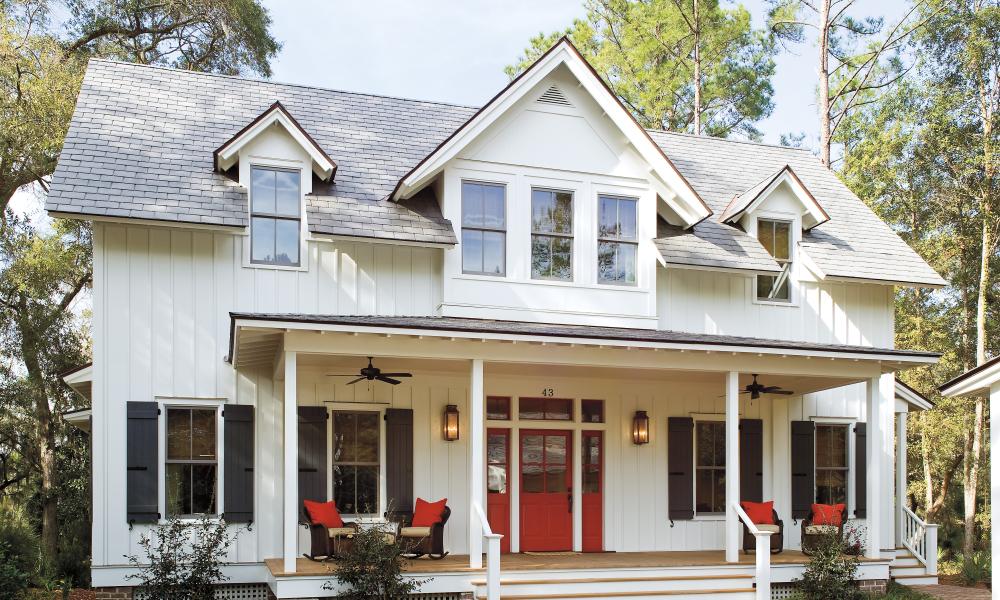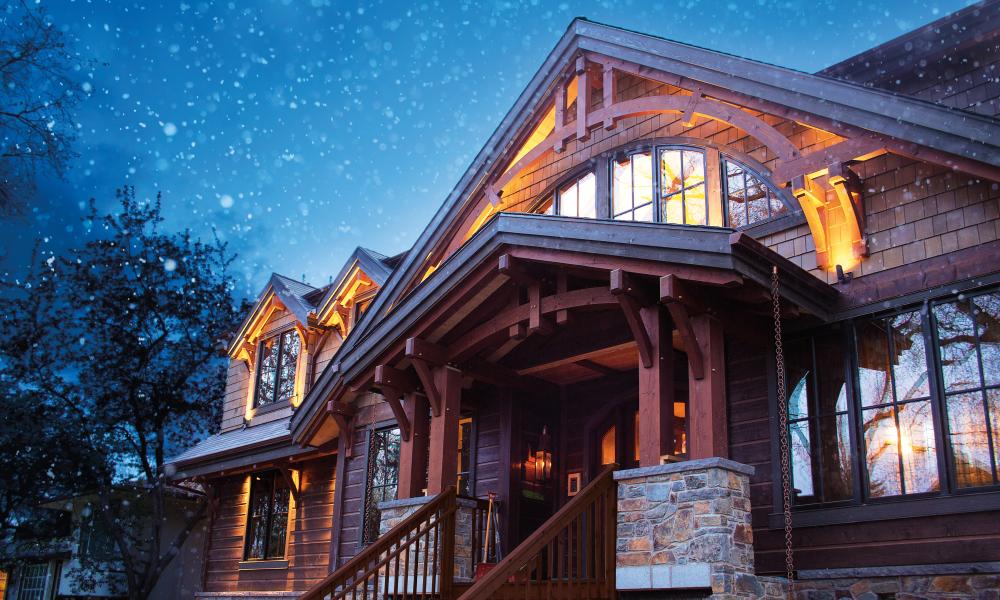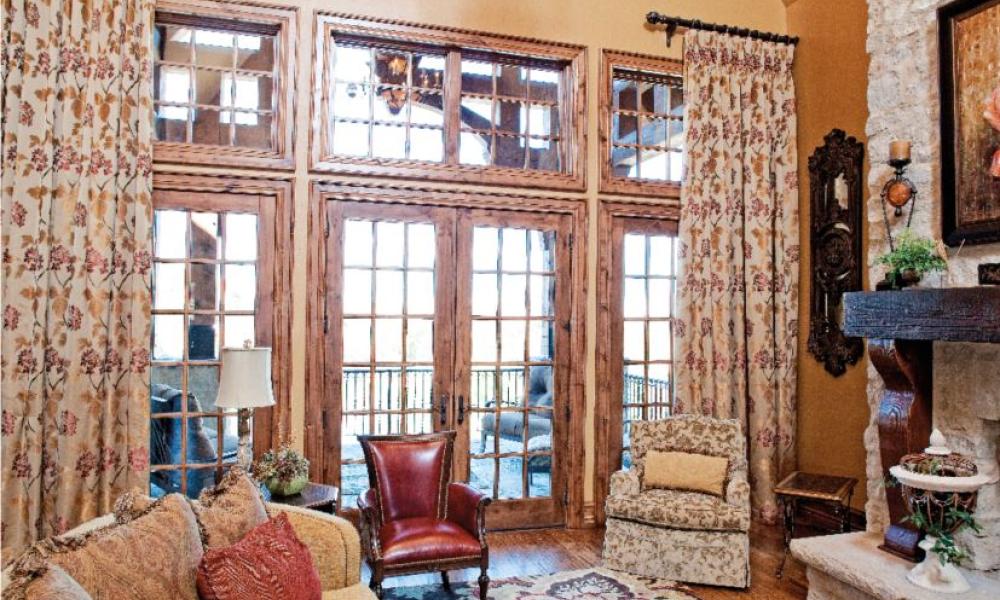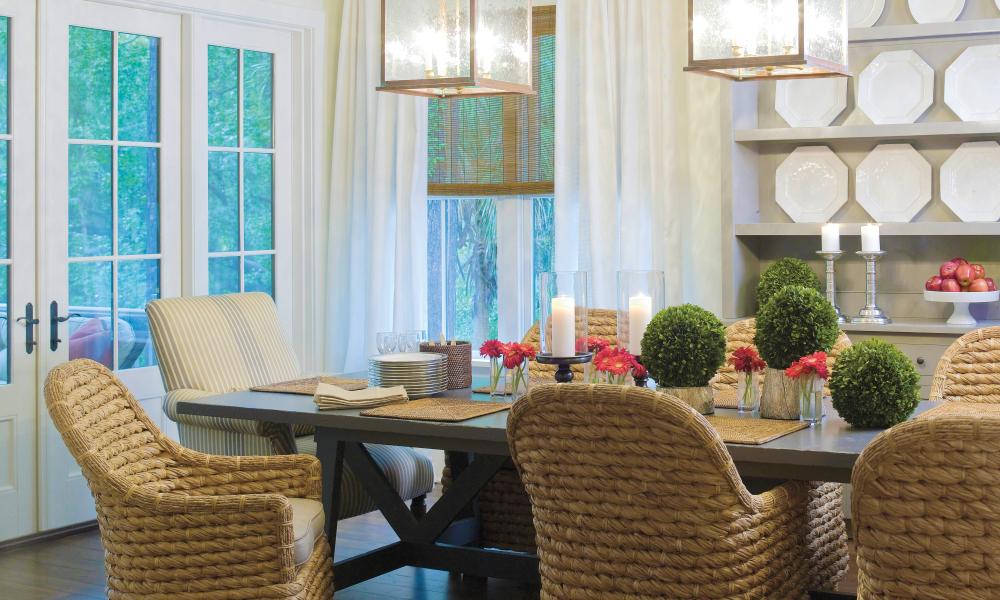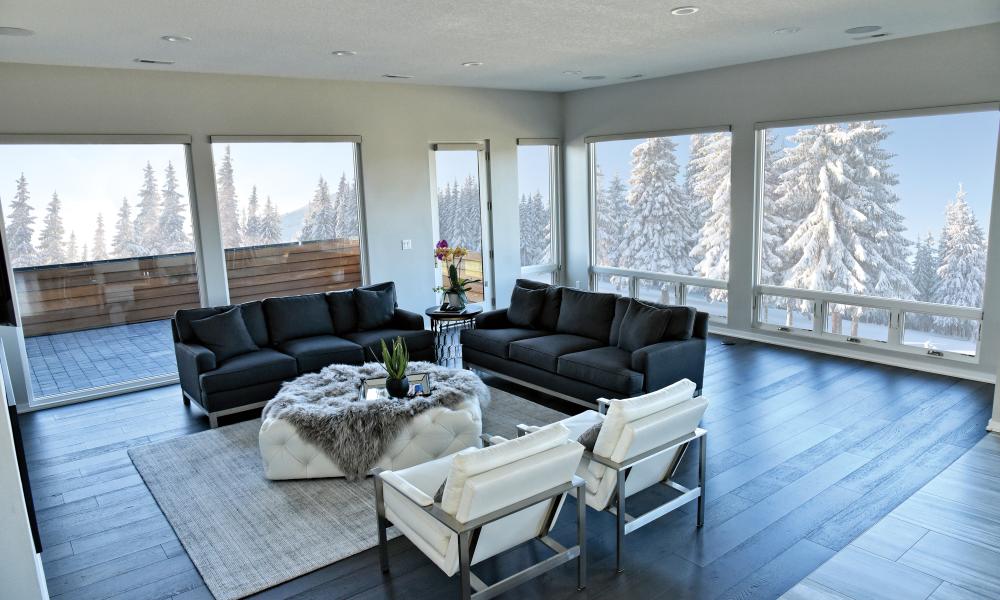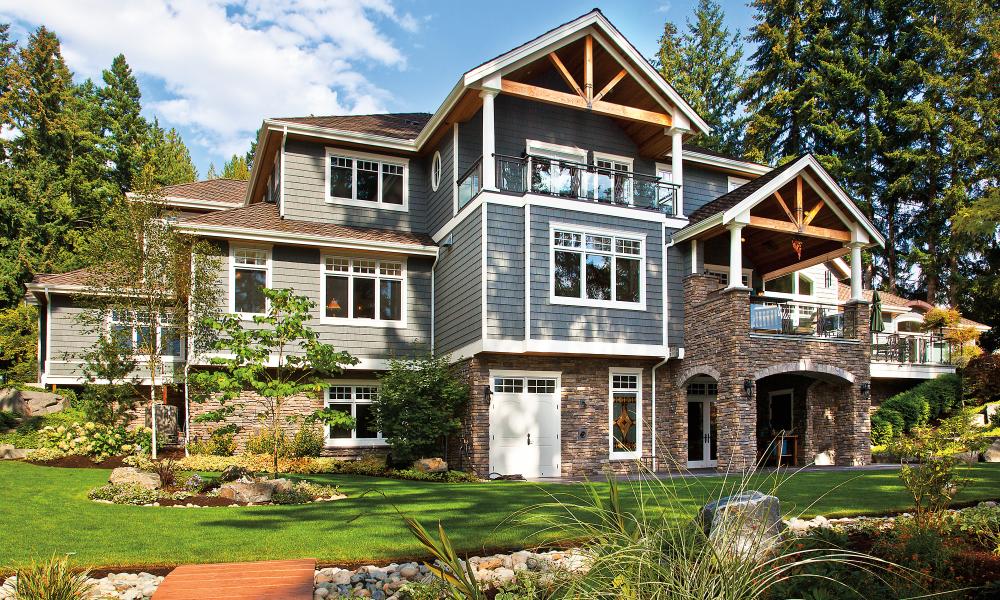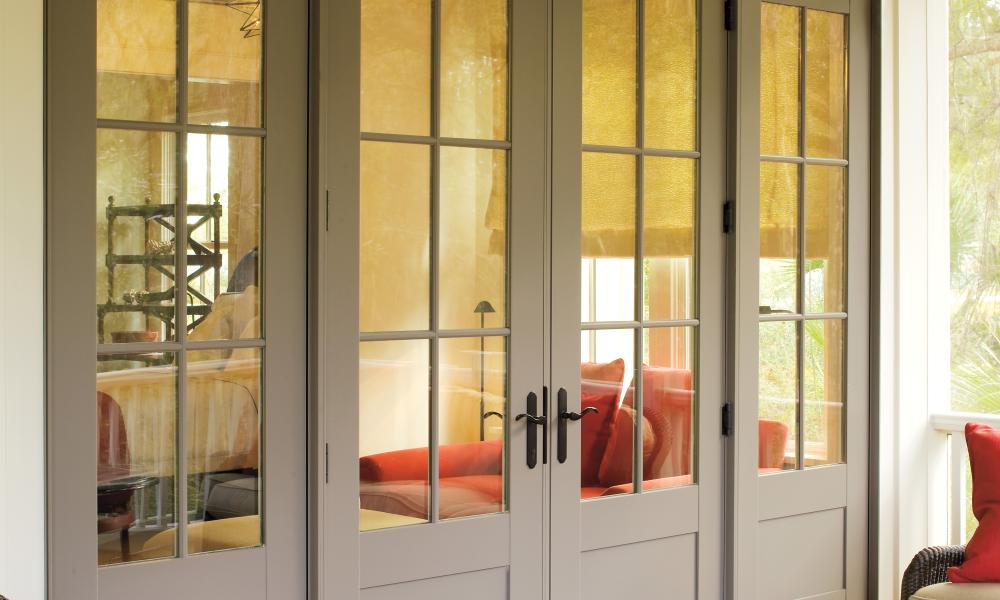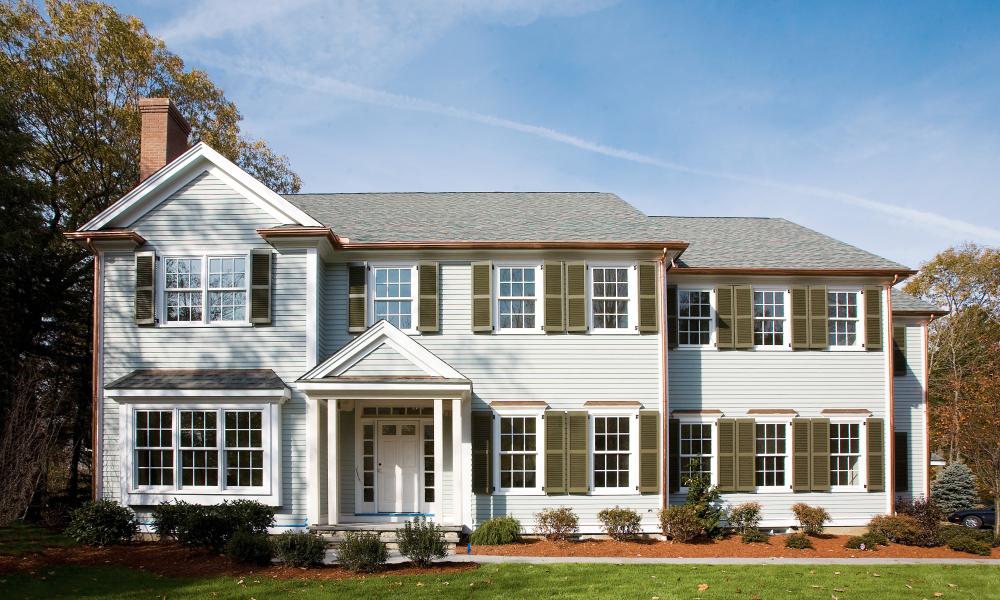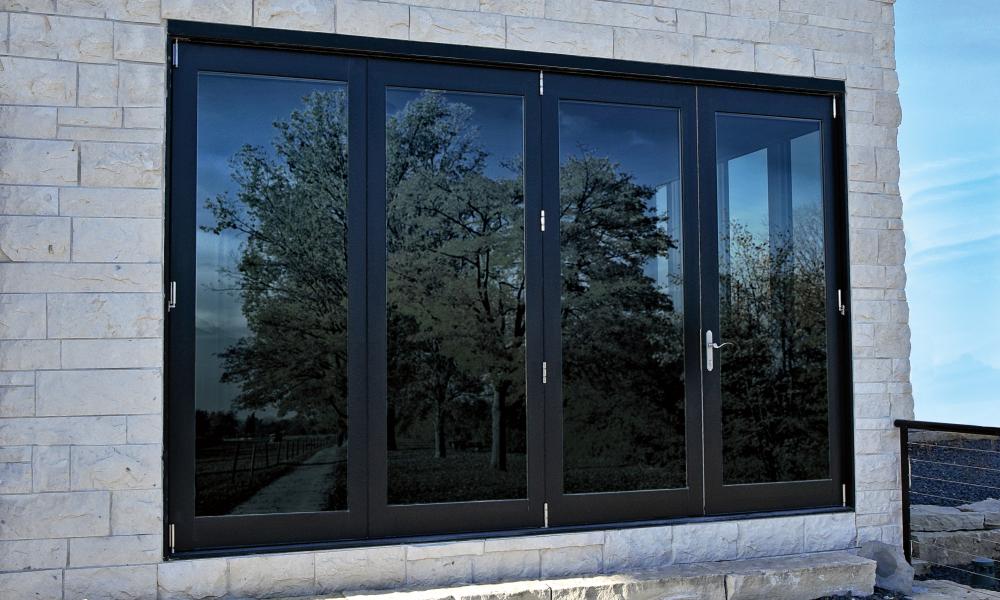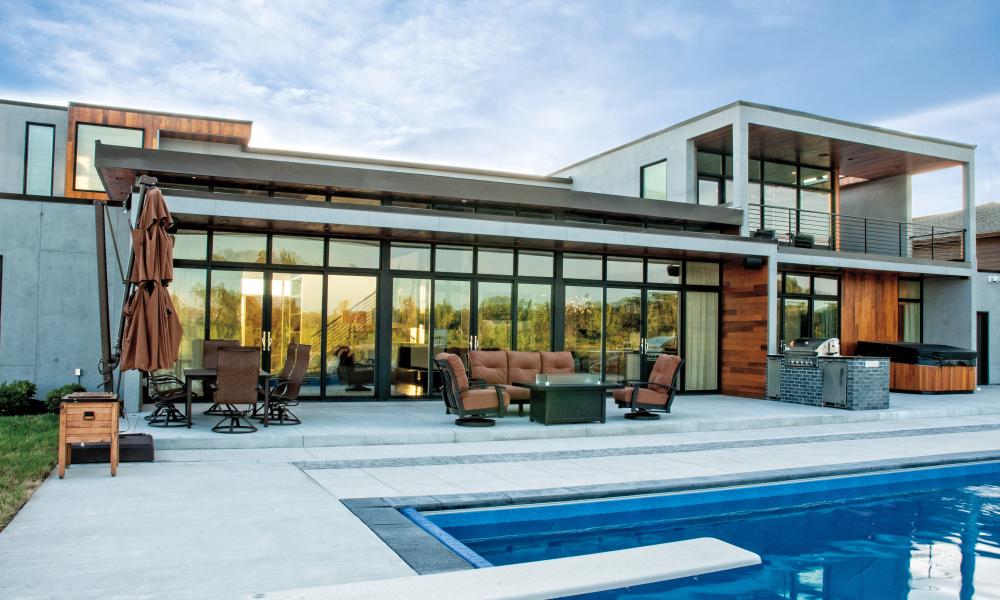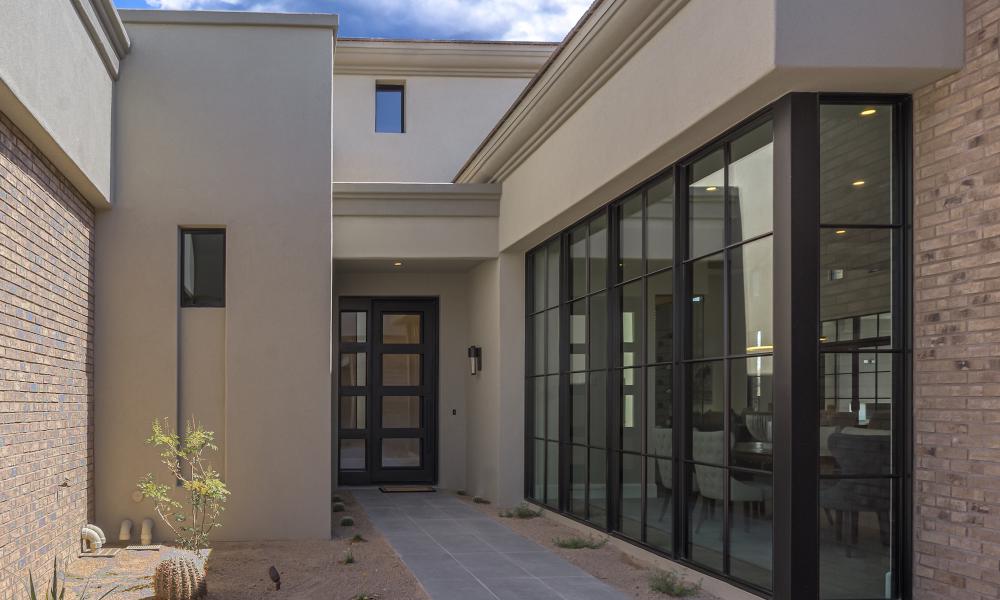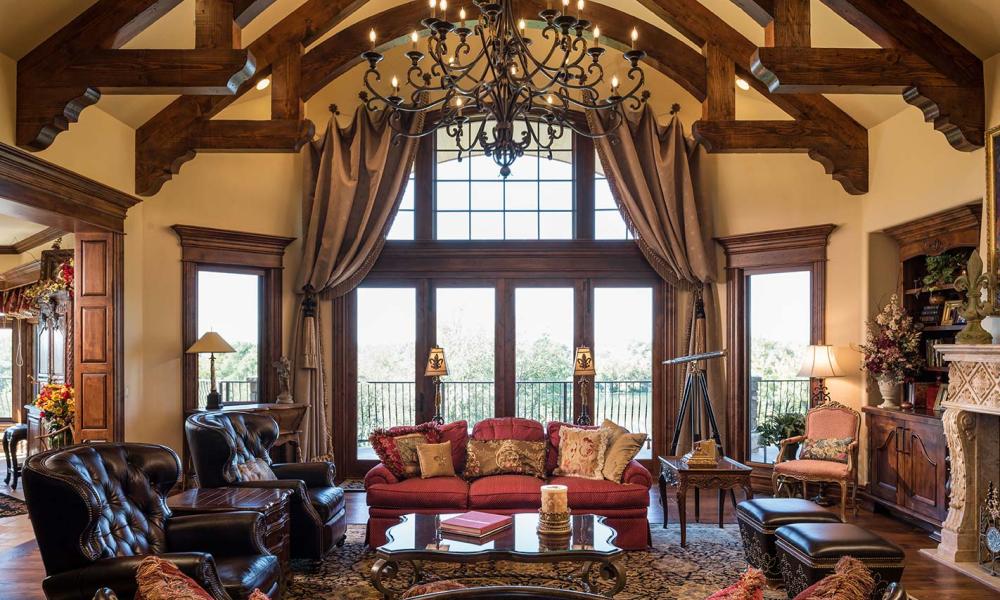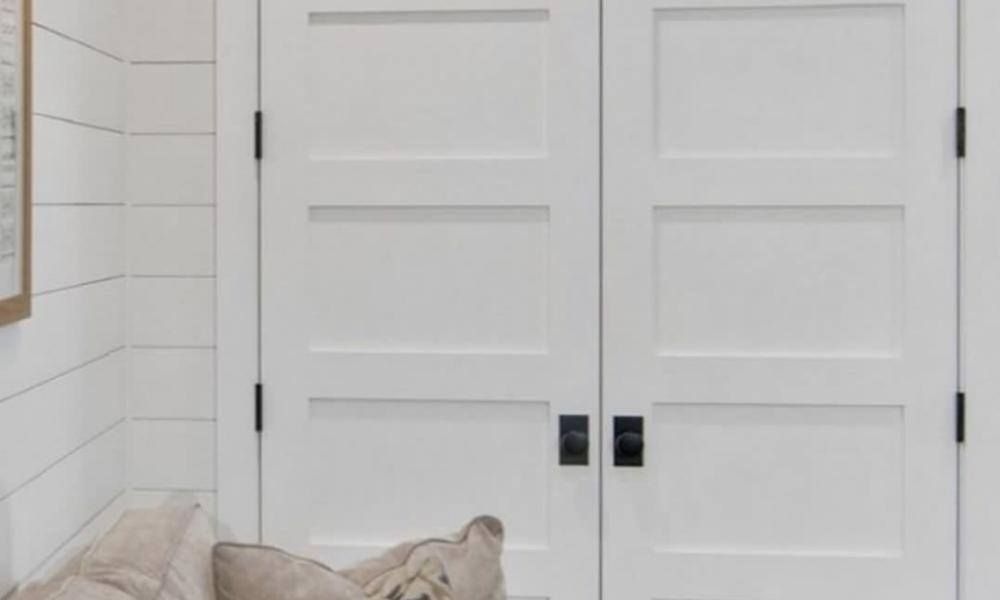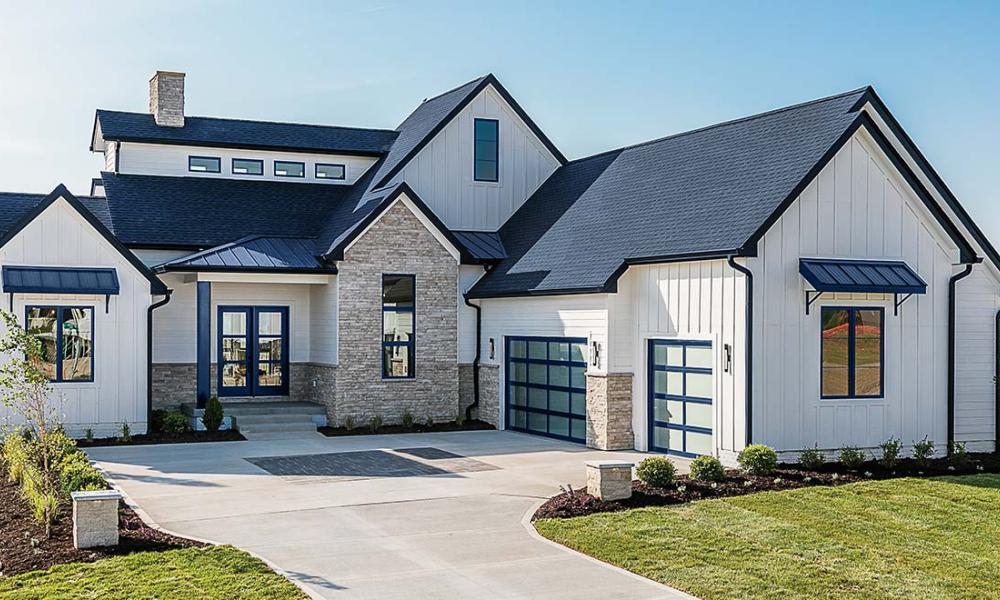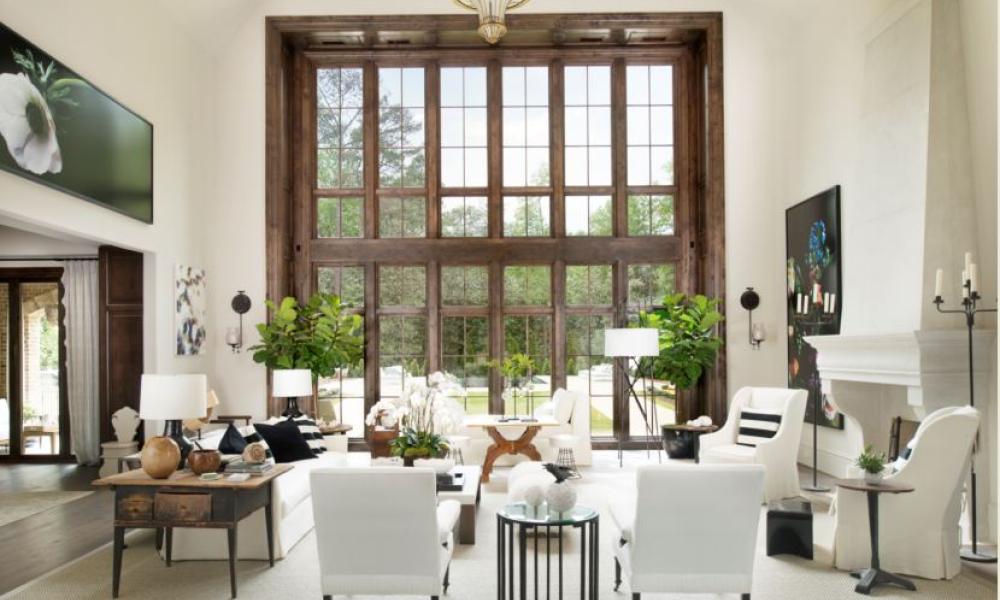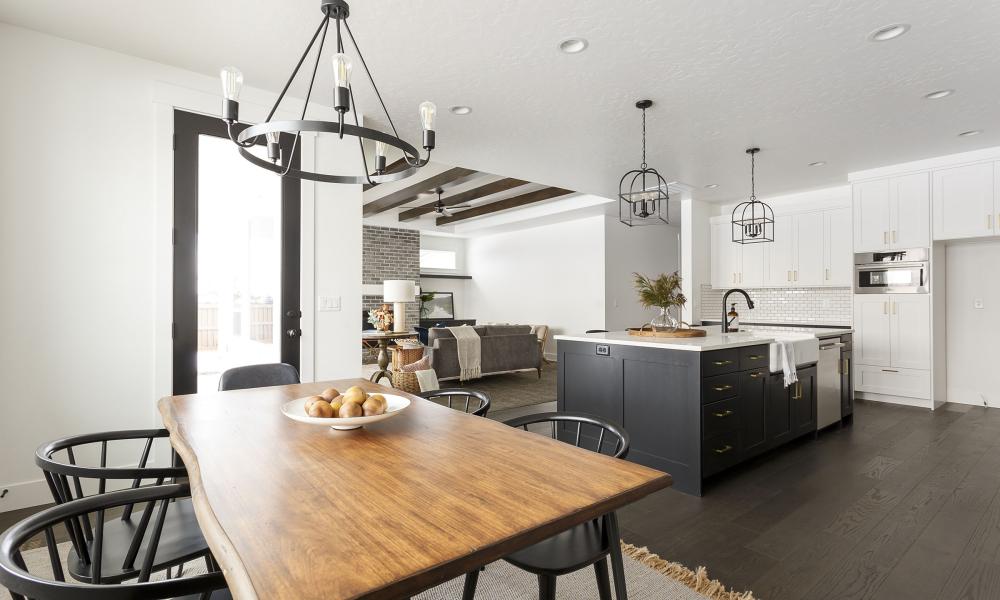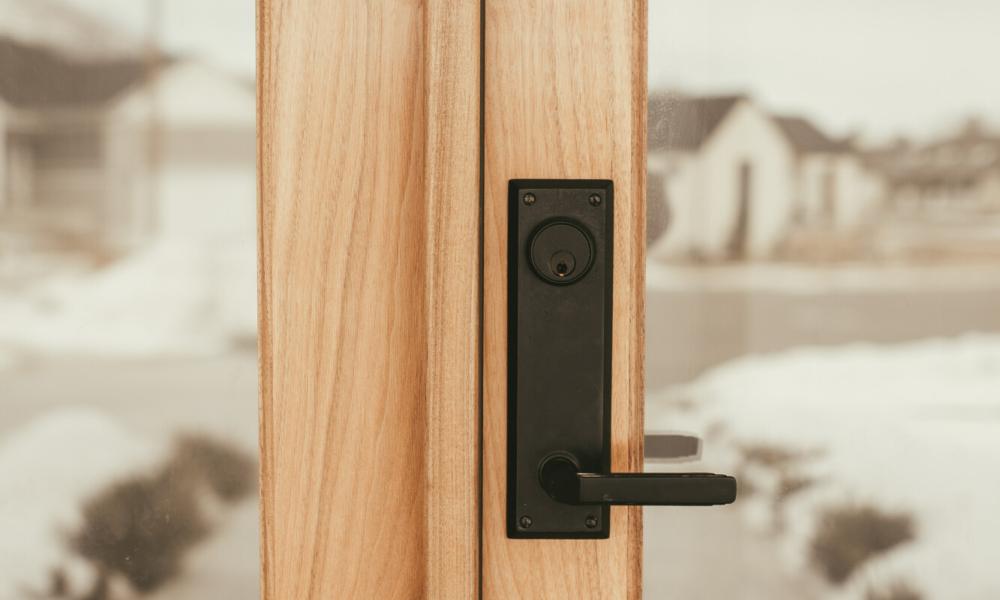Opening the Door to Efficiency
In the quest for a more sustainable and cost-effective home, energy efficiency has become a paramount consideration. While windows are often associated with energy conservation, doors also play a significant role in maintaining indoor comfort, reducing energy bills, and contributing to a greener environment. In this blog post, we'll explore the benefits and features of energy-efficient doors, shedding light on how they can transform your living space into an eco-friendly haven.
The Importance of Energy-Efficient Doors: Energy-efficient doors are designed to minimize heat transfer between the interior and exterior of your home. Just like windows, doors can be a significant source of energy loss, especially if they are poorly insulated or have gaps that allow drafts to enter. By investing in energy-efficient doors, you can create a more comfortable indoor environment while reducing your carbon footprint.
Enhanced Insulation and Thermal Performance: Energy-efficient doors feature advanced insulation materials and construction techniques that help regulate indoor temperatures. These doors are designed to prevent heat from escaping during the colder months and to keep cool air inside during the warmer months. This means you can enjoy a cozy home in winter and a refreshing escape from the heat in summer.
Weather Sealing and Gasket Technology: To achieve optimal energy efficiency, high-quality energy-efficient doors are equipped with weather stripping and gasket technology. These components seal gaps and crevices, preventing drafts, moisture, and even pests from entering your home. Proper sealing enhances the door's insulation properties and ensures a tight fit, leading to reduced energy consumption and lower utility bills.
Low-E Glass and Glazing Options: Energy-efficient doors often incorporate low-emissivity (Low-E) glass and glazing options that help control the amount of heat and light that enters your home. Low-E coatings reflect infrared light, allowing natural light to enter while blocking heat, thereby contributing to a comfortable interior temperature without the need for excessive cooling.
Quality Frame Materials: The frame material of a door can impact its energy efficiency. Materials like fiberglass, vinyl, and insulated wood are commonly used for energy-efficient doors due to their insulating properties and resistance to warping, rot, and heat transfer. These materials help maintain the door's integrity over time, ensuring consistent energy performance.
Customization and Aesthetics: Energy-efficient doors come in a wide variety of styles, designs, and finishes, allowing homeowners to match their aesthetic preferences while still reaping the benefits of efficiency. From traditional to modern, energy-efficient doors are available in options that complement any architectural style.
Long-Term Savings: While energy-efficient doors may have a higher upfront cost compared to standard doors, the investment pays off in the long run. Reduced energy consumption leads to lower heating and cooling bills, which can significantly offset the initial expense over time. Additionally, energy-efficient doors can add value to your home and make it more appealing to potential buyers.
Energy-efficient doors are more than just entryways; they are gateways to comfort, sustainability, and savings. By choosing doors that prioritize insulation, weather sealing, and innovative glazing techniques, you're taking a step toward creating a more environmentally conscious home. These doors not only contribute to your well-being by maintaining a comfortable indoor environment but also align with your commitment to reducing energy consumption and preserving the planet for future generations. As you embark on the journey of upgrading your doors, remember that every opening holds the potential for positive change.
***For more information or to see these products in person, visit one of our showrooms located near Boise, Treasure Valley, McCall, Ketchum or Sun Valley**
